- The Unknown
- Posts
- Evolution of Horror: The Most Terrifying Vampire Designs in Film History
Evolution of Horror: The Most Terrifying Vampire Designs in Film History
Reflecting Our Darkest Fears
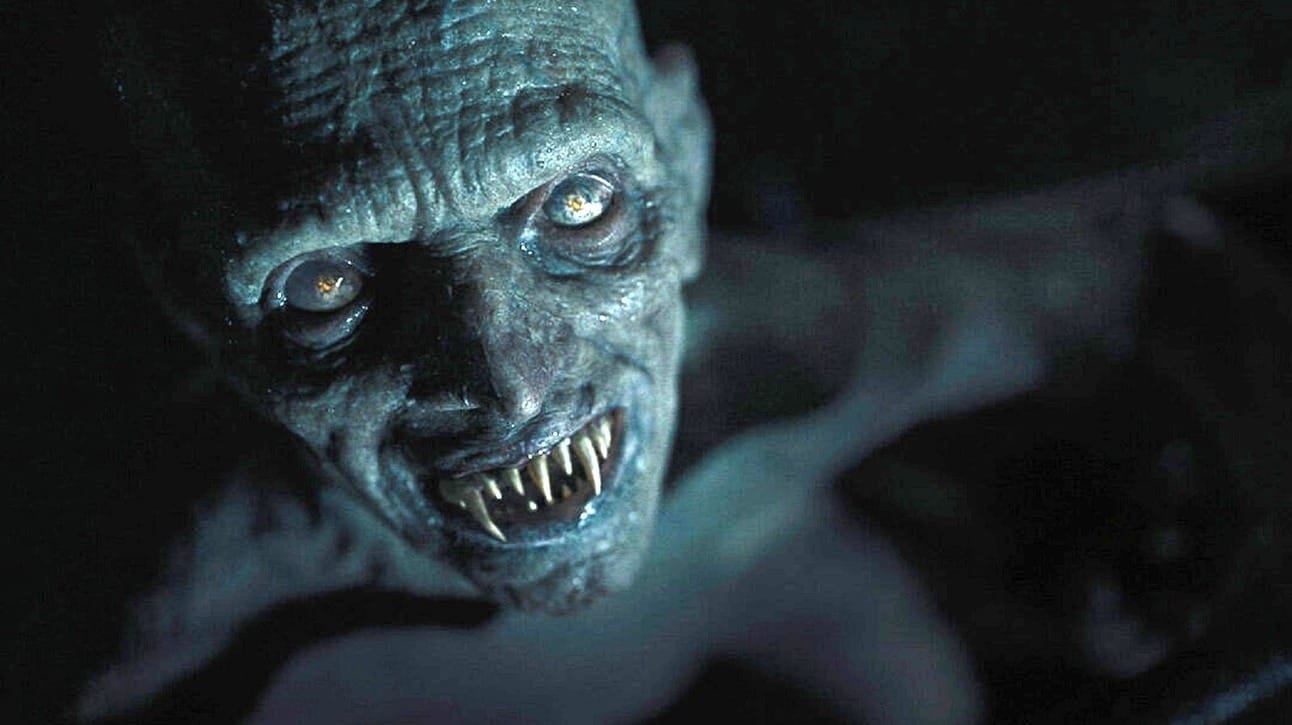
From demonic bat-like figures to prehistoric predators, the design of vampires in movies has continually evolved, mirroring our deepest fears and societal anxieties. In a recent episode of the The Unknown podcast, hosts Mia and Damion took a chilling journey through some of the scariest vampire designs in horror cinema, all inspired by an article from Bloody Disgusting. Let’s dive deeper into their spooky discussion and explore how these designs resonate so profoundly with us.
The Evolution of Vampire Imagery
Vampires have long been classic figures in horror lore, but what makes certain vampire designs unforgettable? As Mia observed, vampires often reflect our anxieties, evolving in appearance to mirror the fears of their time.
Blade 2's Reapers: Super Predators of the Night
A prime example discussed by Damion and Mia is Guillermo del Toro's Reapers from "Blade 2." These monstrous vampires, characterized by their ability to dislocate their jaws, showcase del Toro’s signature blend of grotesque beauty. The Reapers, more dangerous than regular vampires, embody the fears of the early 2000s—a time marked by global uncertainty and threats.
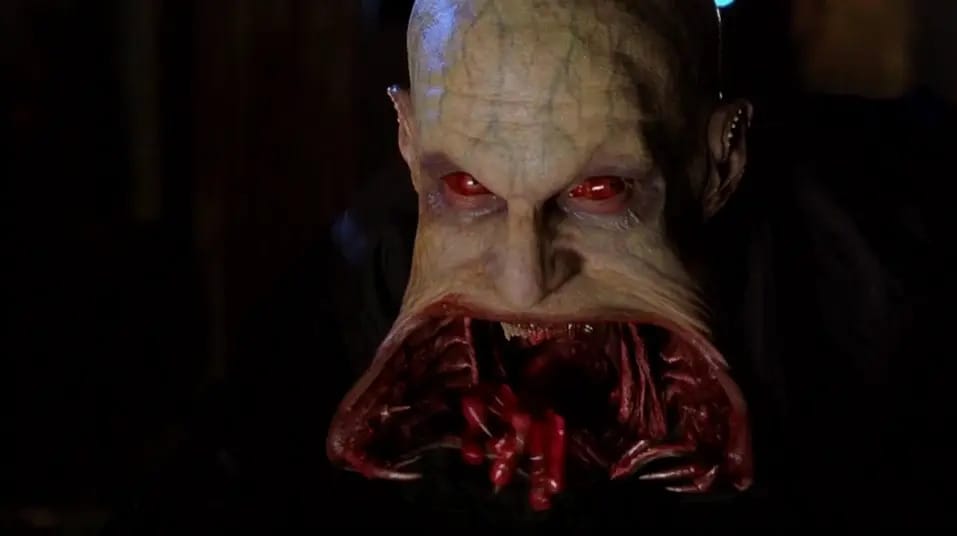
Dwight Renfield from The Night Flier: Pure Nightmare Fuel
Moving to a different breed, "The Night Flier" presents Dwight Renfield as a demonic, bat-like figure, drawing comparisons to Hieronymous Bosch's nightmarish art. His design, with an oversized head, leather wings, and glowing eyes, taps into primal fears. The exaggerated monstrous style pushes the boundaries of realism, making Renfield an embodiment of terrifying otherness.

Transitioning Designs: From Comedy to Terror
Fright Night's Shark-Toothed Vampires
In Tom Holland's horror comedy "Fright Night," the shark-toothed vampires deliver unexpected terror through their reptilian features and razor-sharp teeth. Practical effects were crucial, with makeup supervisor Steve Johnson pushing the boundaries to create truly animalistic vampires. As Mia highlighted, these creatures subverted expectations—mixing fun with genuine predatory danger.
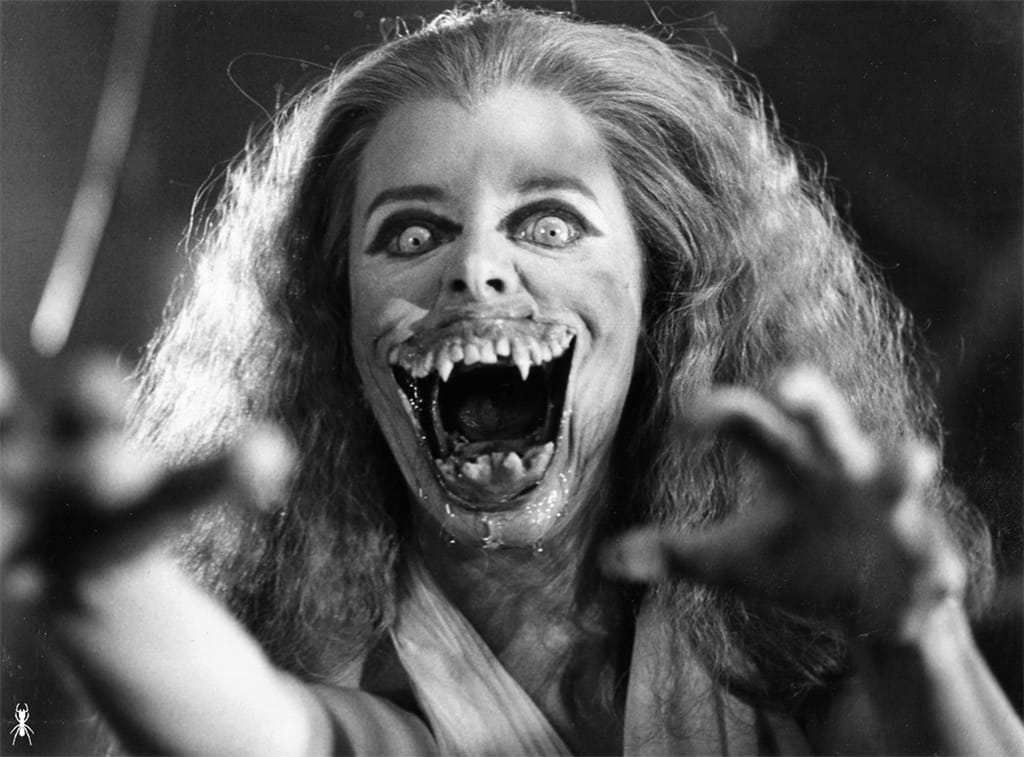
The Last Voyage of the Demeter: Dracula the Predator
A more recent portrayal is Javier Botet’s Dracula in "The Last Voyage of the Demeter." This adaptation of Bram Stoker's Captain's Log depicts Dracula as an almost demonic werebat. Botet’s physicality and the film’s claustrophobic setting invoke a haunted house atmosphere on the high seas—making Dracula a primal, unstoppable force.

Classic Horror and Minimalist Terror
Nosferatu: The Granddaddy of Vampire Cinema
Traveling back in time, F.W. Murnau’s "Nosferatu" (1922) remains a cornerstone of vampire horror. Count Orlok, played by Max Schreck, with his skeletal appearance and elongated fingers, set a high standard for atmospheric terror. Created in post-World War I Germany, the film tapped into the prevailing anxieties and trauma of the time, creating an enduring horror icon.
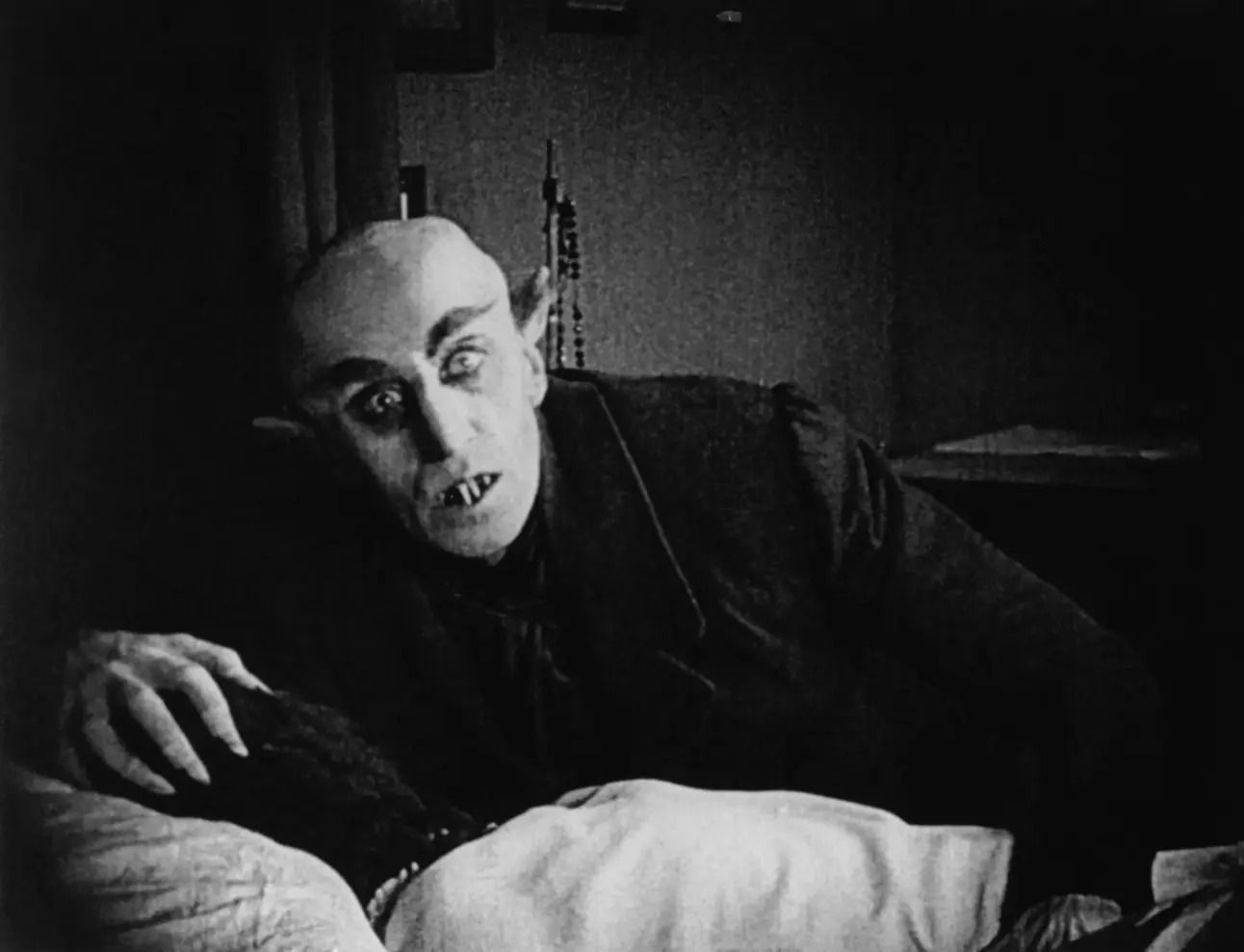
Primal Fear in the New Millennium
30 Days of Night: Marlow's Primal Horde
"30 Days of Night" (2007) presented a new, brutal take on the vampire myth. Marlow’s Tribe, with their sharp teeth, glowing eyes, and ruthless nature, were designed to reflect fears akin to a zombie apocalypse—relentless and predatory. This design choice mirrored societal anxieties post-9/11, a period filled with fears of vulnerability and uncontrollable threats.

The Elements of Terror
The conversation between Mia and Damion underscored how not just the visual but also the movement and sound design enhance the terror vampire designs bring. Fast, fluid movements and effective soundscapes amplify the sense of dread and helplessness. Mia pointed out the unnerving insect-like movements of Blade 2’s Reapers and the jerky, predatory motions in 30 Days of Night, emphasizing how these choices make vampires feel less human, more predatory.
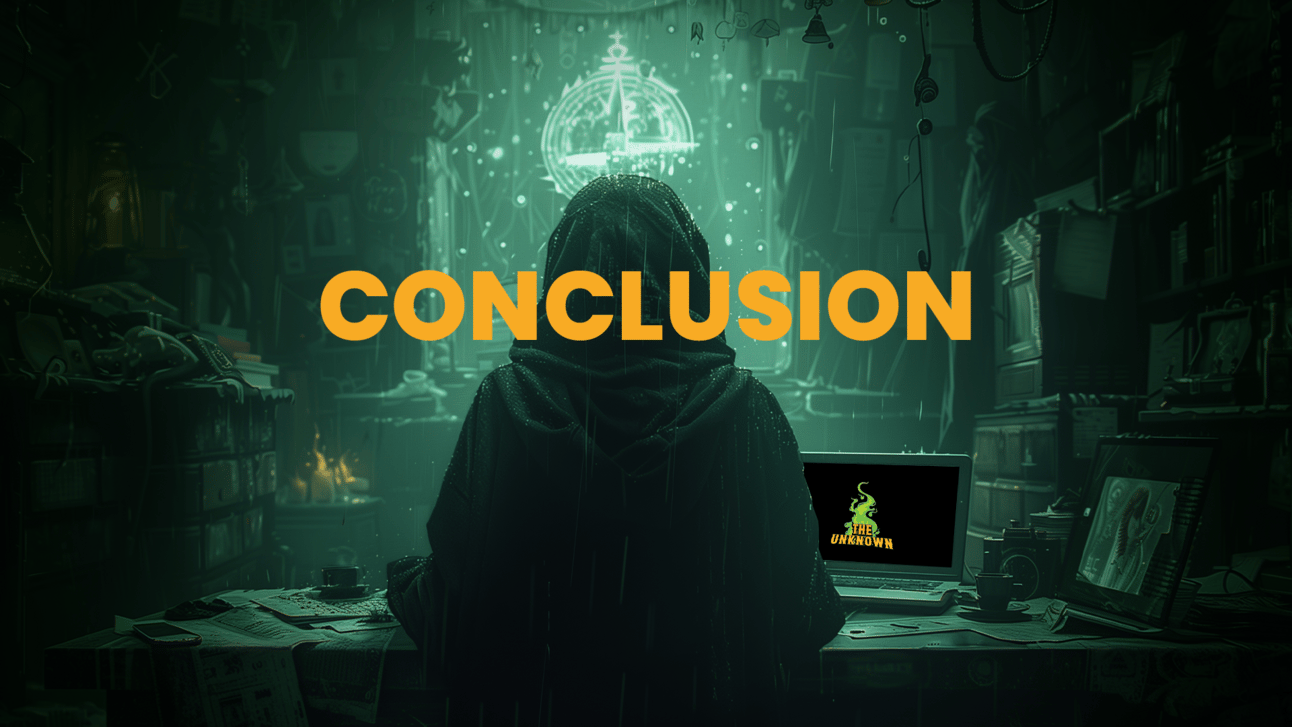
Conclusion: A Reflection of Collective Anxieties
Through their exploration of iconic vampire designs, Mia and Damion articulated how these creatures are more than mere monsters—they are reflections of our cultural and historical anxieties. From the seductive allure of Bela Lugosi's Dracula to the brutal horror of Marlow’s Tribe, vampire designs have continually mirrored the deepest fears of their times.
As we look forward to future vampire representations, the hosts speculate on designs that could embody emerging fears about technology, AI, or climate change. Ultimately, these vampire myths offer a chilling yet cathartic way to confront our darkest impulses and societal anxieties.
What about you? What makes a vampire design truly terrifying? Is it their physical features, the way they move, or perhaps something more abstract? Share your thoughts, and let’s keep the conversation about these timeless creatures of the night going.